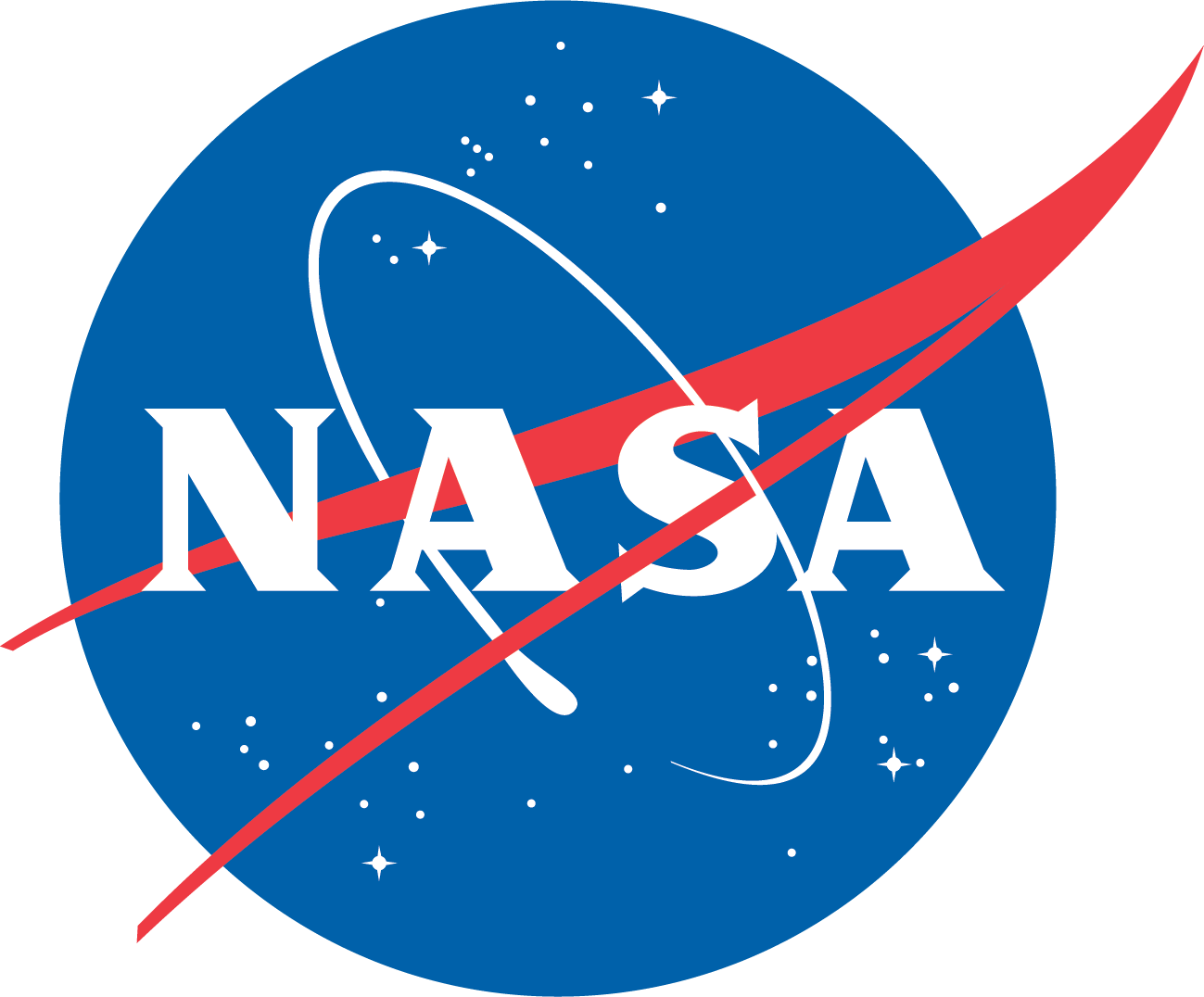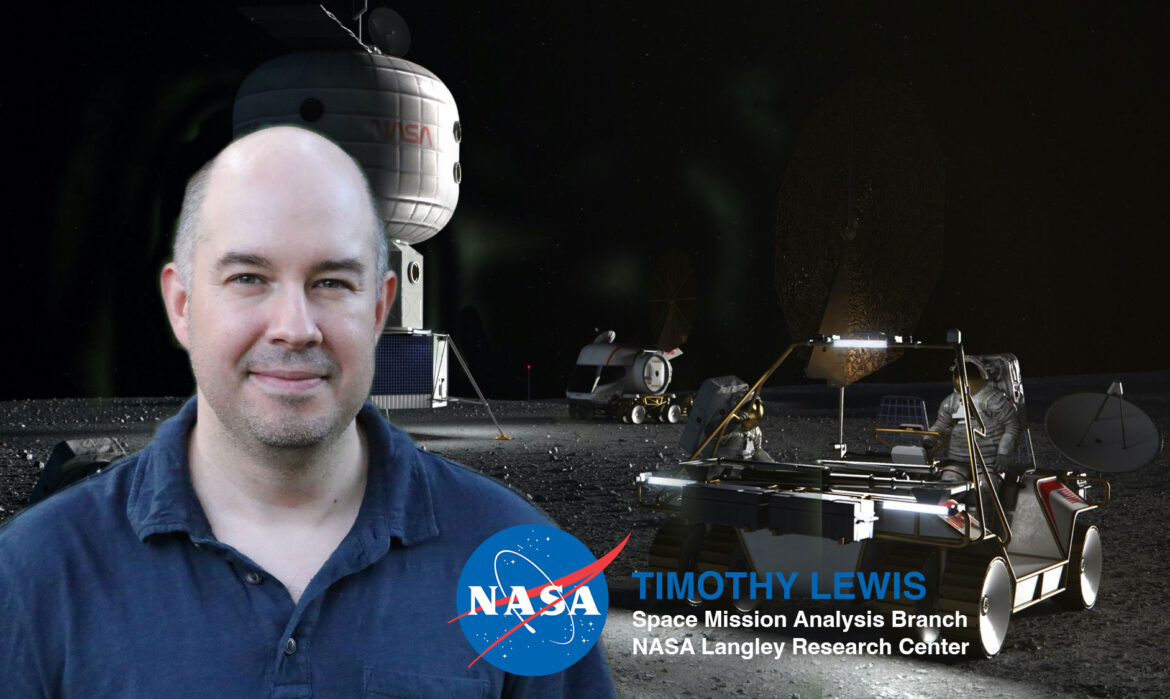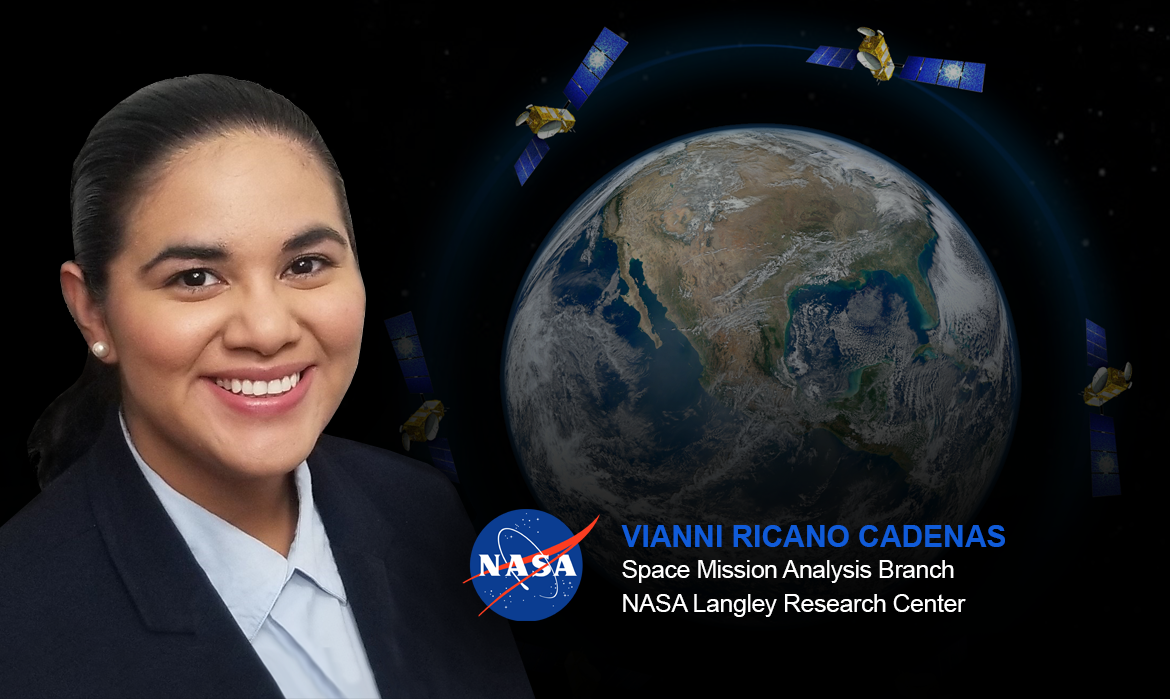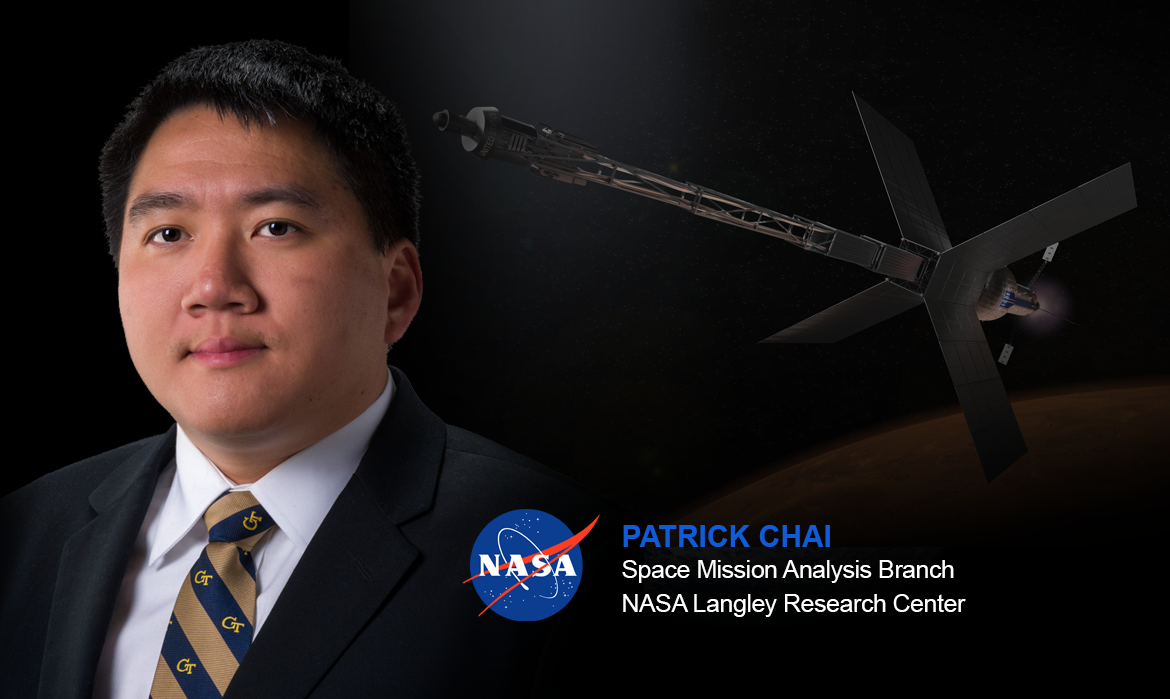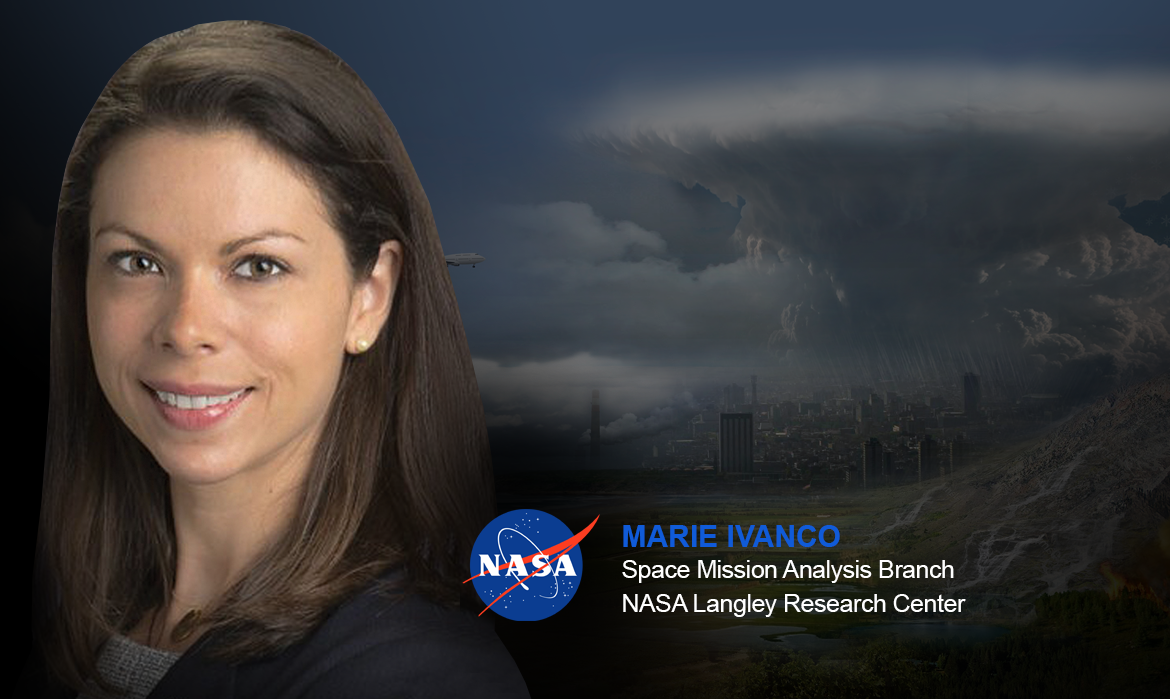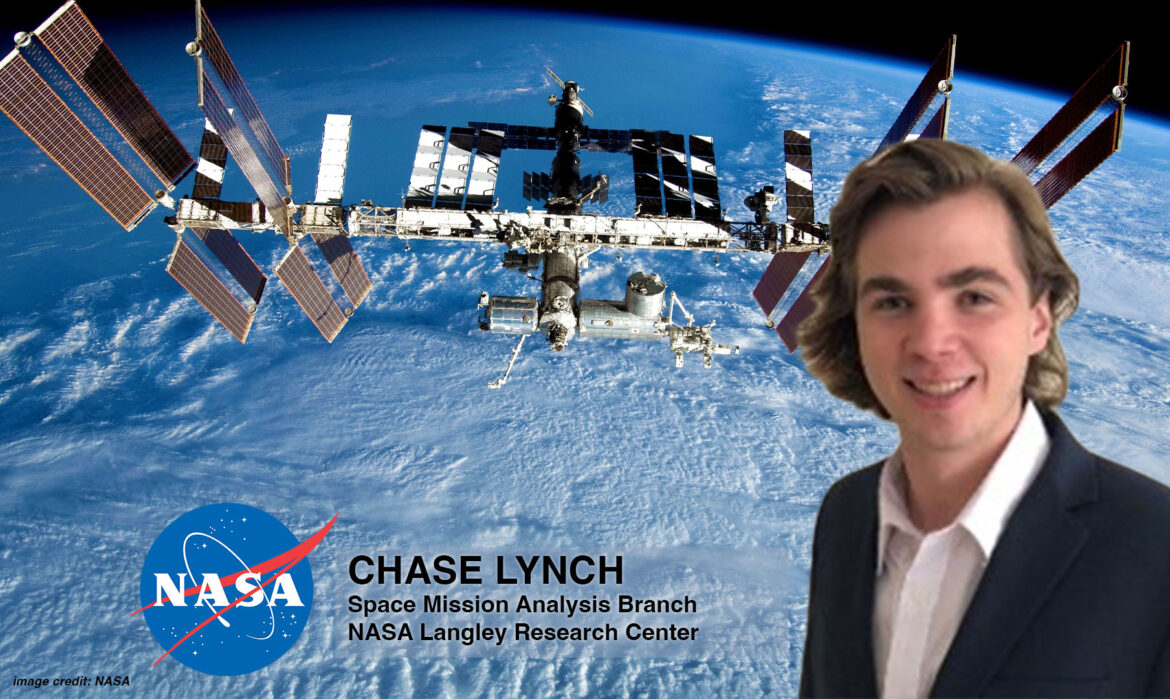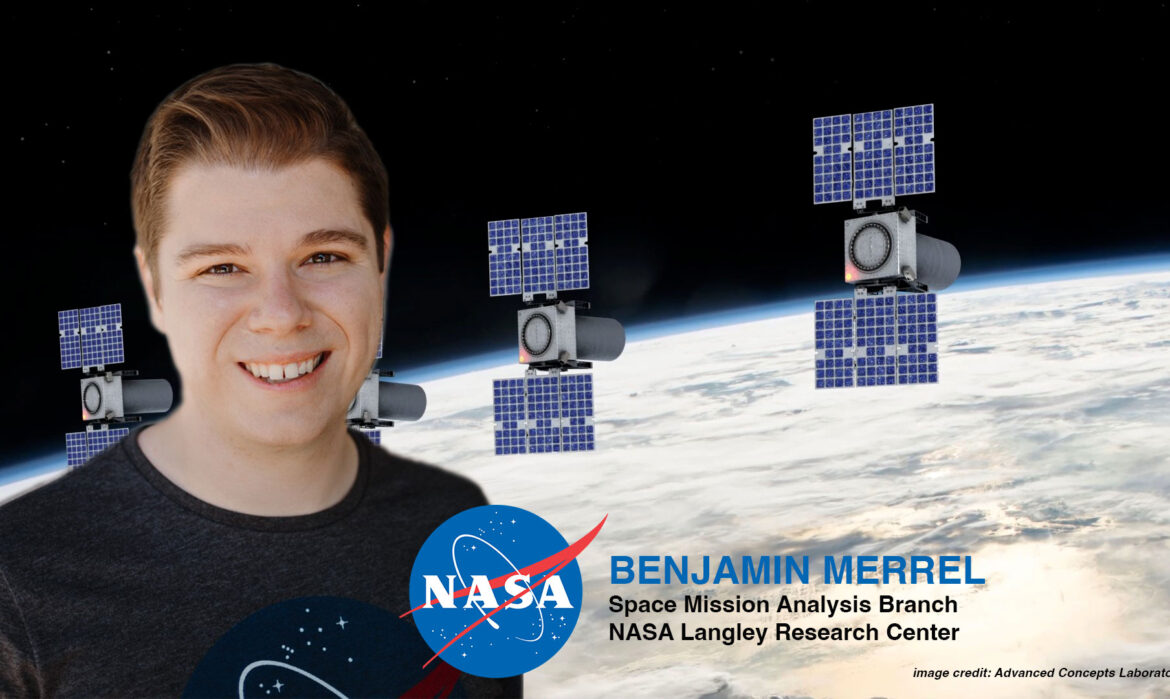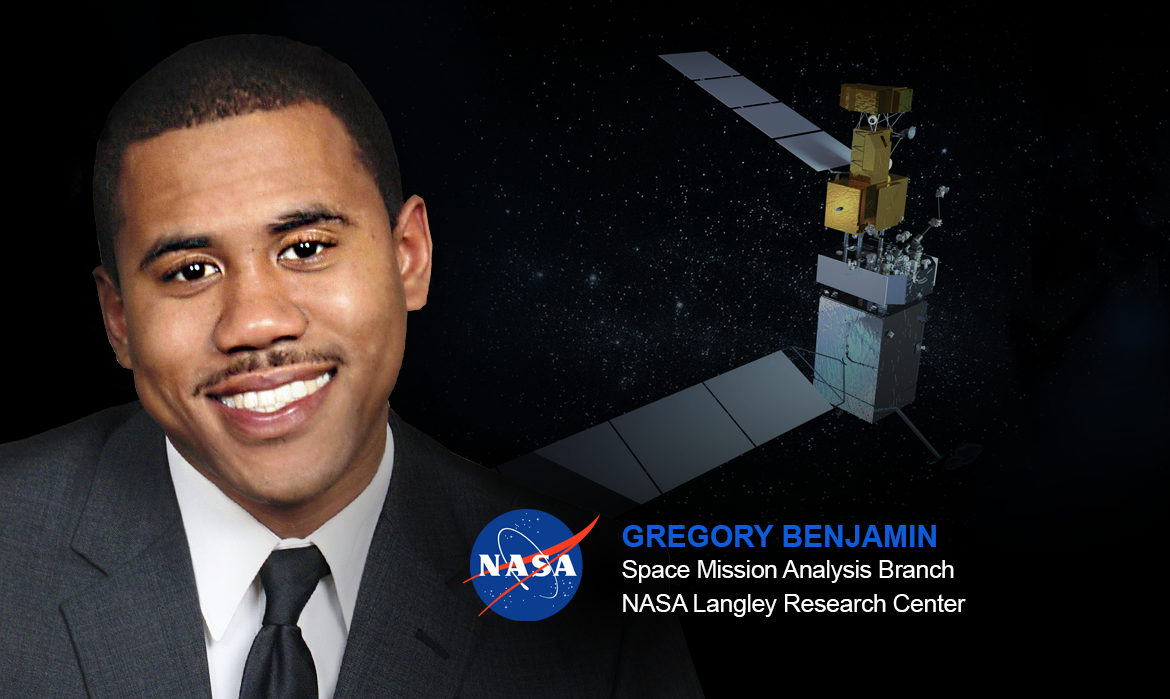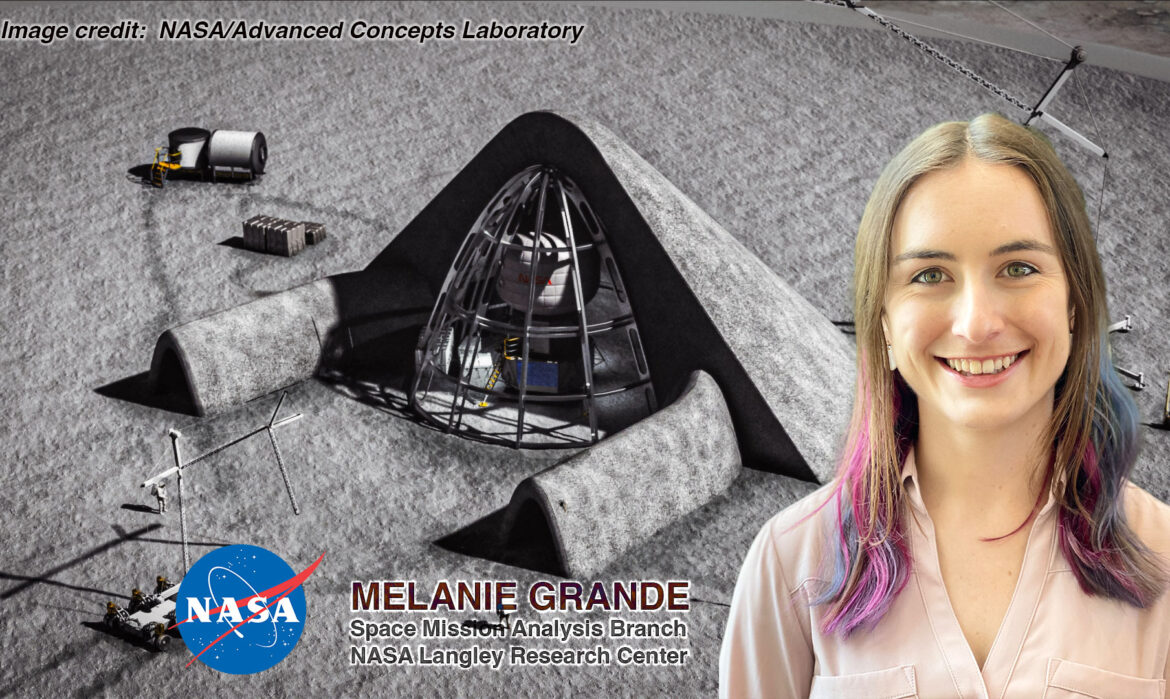Coding Toward Better Simulations, with Zach Ernst
Upon return to Earth from space, or to land on Mars, Venus, or any other planet, spacecraft must travel through whatever gases make up the atmosphere of that celestial body.
Thanks to decades of research, we know what the atmospheres of our solar system’s planets are made of, and we know that each one is unique.
“You have Mars, for example, which has a very different atmosphere from Earth,” says Zach Ernst, an aerospace engineer for the Vehicle Analysis Branch (VAB), part of the Systems Analysis and Concepts Directorate at NASA Langley Research Center (LaRC) in Hampton, Va. “That makes testing entry vehicles that are designed for Mars a bit difficult to do on Earth. And of course, since Mars is quite far away, we can’t really do flight testing there either.”
That’s why simulations are an integral part of planning any mission that involves entering an atmosphere. Aerospace engineers have long used physical tests – like wind tunnels – to predict how air flows around a vehicle. Now computational fluid dynamics (CFD) models are also an integral part of the process. These physical and computational tests are combined to design entry vehicles and predict their behavior during atmospheric entry, including the trajectory, stability, and heat transfer. The better the data from these tests, the better likelihood of successful and safe landings in real life.
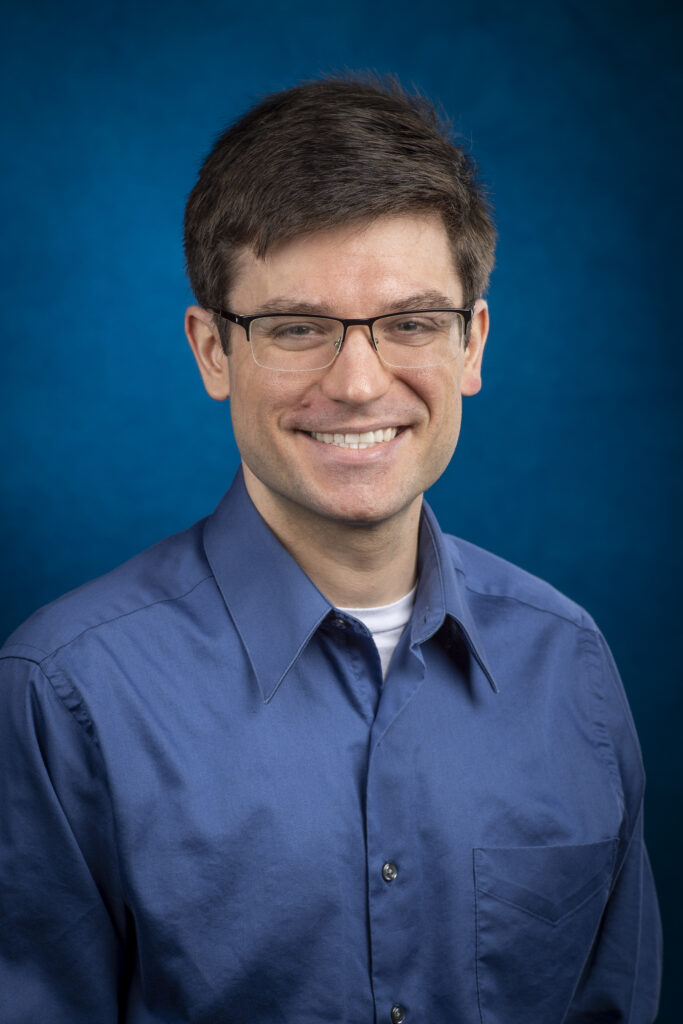
“We must turn to new technologies like the inflatable heat shield, like supersonic retro propulsion…That’s going to require a step change in the way that we design vehicles.”
Working from Physical to Conceptual
When Ernst is working through a flight dynamics problem, he sometimes refers to a plastic model on his desk: a triangle pointing in the three directions of physical space.
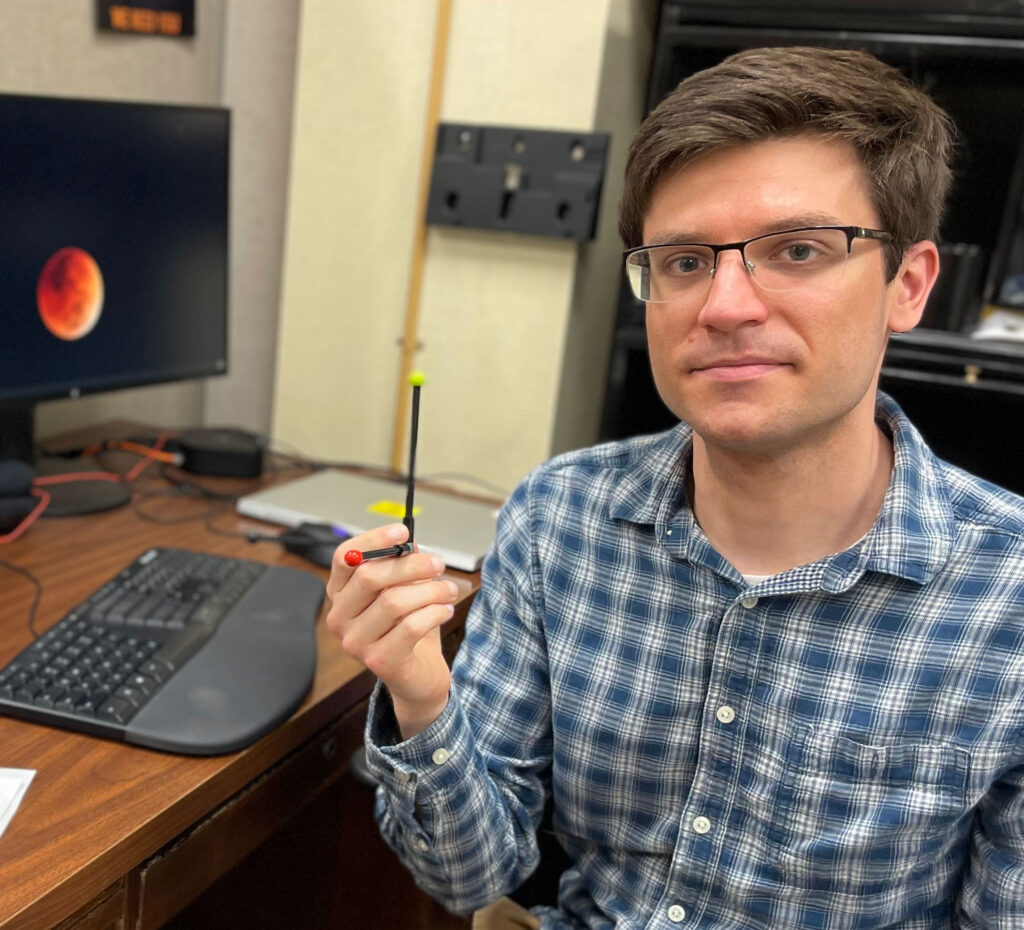
“I’ll think, ‘Well, what’s my orientation relative to the vehicle?’” he says. “It’s a critical engineering tool for me because it lets me visualize the math behind these simulations. So, it’s my physical prop for X, Y, and Z axes.”
The physical aspects of aerodynamics are where Ernst started his path to NASA, studying mechanical engineering at the Rose-Hulman Institute of Technology. It was during his junior and senior years where he was bit by the aerospace bug, when he was part of a team that developed an Unmanned Aerial Vehicle (UAV).
“I learned that I really like the element of design, the upfront side of the engineering process,” he says. “I wanted to apply that to my passion, which is space exploration and aerospace work.”
Ernst has been in his current role with VAB for less than a year, but the work he’s doing now goes back to his graduate school days at the Aerospace Systems Design Lab at the Georgia Institute of Technology, working on projects in collaboration with NASA Langley.
“I like that NASA’s ideals are basically in service to a larger goal.”
“That’s really where I got the incredible boost in knowledge, skills, and eventually the connections that led me to where I am now. I was actively involved with NASA’s engineers, and people working in VAB, and I really started to seriously consider that as a career path.”
Although he served internships in the commercial space industry, Ernst found a home at NASA.
“It really comes down to the pace, the culture and the mission,” he explains. “Not only just having this mission, but also the openness of all the work that we do. I like that NASA’s ideals are basically in service to a larger goal.”
Getting in The Loop
Ernst likens his work to an incredibly complicated version of the game Kerbal Space Program, where a vehicle is modeled to include all engines, aerodynamics, and anything that might affect the movement of that vehicle.
“You are moving the vehicle, modeling the air as it puts loads on the vehicle, then using those loads to move the vehicle again,” he explains, “all in this real-time loop so the unsteady aerodynamics are captured”.
This type of simulation has been pioneered by other groups at NASA over the past decade, but Ernst has been adding the capability to model other aspects as well. “Now we have the engines modeled with the same complexity as the aerodynamics, and guidance in the loop controlling those engines. The engines, guidance, and aerodynamics are all interacting together – in real time – to drive the motion of the vehicle.”
His code is the foundation for a new tool that might help designers more effectively mimic on Earth what’s going to happen to vehicles as they enter other planetary atmospheres.
Ernst cautions that this tool won’t replace current aerodynamic modeling, but it may very well be part of the evolution of space travel.
“We must turn to new technologies like the inflatable heat shield, like supersonic retro propulsion – more complicated systems that require more analysis and new types of analysis. That’s going to require a step change in the way that we design vehicles. And this is one part of helping to enable that change.”
Bringing Value to A New Tool
Simulations can take a lot of computational power. For example, modeling a simple vehicle, without propulsion or guidance, for a few hundredths of a second can take six or seven days to run with the hardware available at NASA Langley.
But the goal is to demonstrate that this tool can simulate a complex vehicle – like a design for landing humans on Mars – for a much longer duration. That’s why Ernst and his colleagues were delighted to receive a Department of Energy award to run multiple simulations of his code on the world’s fifth most powerful computer, Summit, at Oak Ridge National Laboratory.
“We were able to run a trajectory for 35 seconds and simulate all those engines and the flow field, so we have a bigger grid running for a longer time,” he says. “These are absolutely enormous simulations that we were able to run with this award.”
Not only does this allow for better simulations with high-fidelity results, but it also serves to inform the value of the entire CFD process.
“The objective is to look at the way that computer systems are growing in size and capability. Although these simulations are usually cost-prohibitive today, we can build up that experience so that when it does become cost competitive, we can hit the ground running.”
Based on the success of these initial simulations, the group plans to run Ernst’s code on Oak Ridge’s new computer, Frontier, the first exascale computer in the world.
Space for All
Besides the importance of computer simulations to NASA’s space missions, Ernst is excited by the accessibility.
“Where else can I play with a model of the Space Launch System, NASA’s rocket for returning humans to the moon? Where I could choose to flip any switch, turn off any engine, and see the vehicle respond down to the most minute level? I can do that either on the computer model or if I was literally the astronaut sitting inside,” he smiles. “Out of those two options, one of them is significantly more available to many more people.”
On Ernst’s Sci Fi Shelf
The Mars Trilogy (Red Mars, Green Mars, Blue Mars) by Kim Stanley Robinson
“It’s about the saga of humanity, landing of its first permanent colony on Mars and how that culture grows up and must interact with Earth. You have 100 scientists, engineers, and astronauts who are on this ship that’s flying out to be the first Mars colony. They’re incredibly well-equipped to deal with any technical problems, and they can get there and build anything that they need on the surface. But you always have the normal human problems that crop up as well. It’s both a very nice examination and a warning about how the scientific mind must also deal with societal problems.”
Author: Sondra Woodward
Published: August 2023
